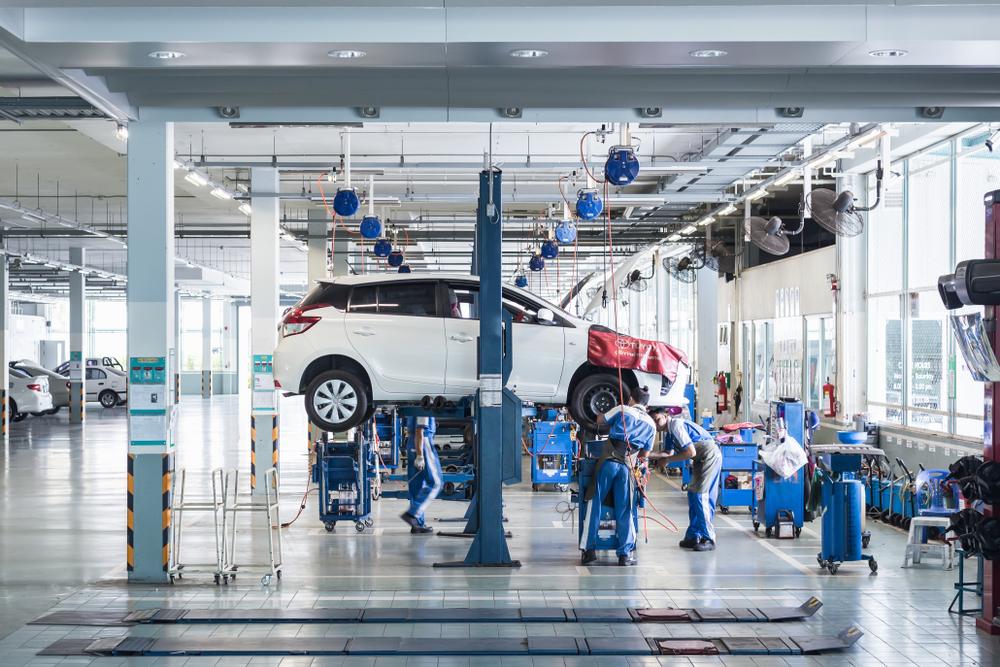So you’re driving your car and, without warning, that yellow “check engine” light illuminates. You look at it with mixed feelings of dread and fear. You’re not sure why that light has illuminated your dashboard. And you don’t know if you’ve just somehow killed your engine.
You are now looking for somewhere safe to pull over and call a breakdown service to come out. While you’re waiting for recovery, your mind wonders what has happened to your pride and joy. You decide to have your car towed back to your house for further investigation.
At the weekend, you decide to start investigating the cause of the problem. You plug in your fault code reader to check the error recorded by the ECU. But, it gives you a random error code that doesn’t mean much to you. By now, you are scratching your head wondering what to do!
The good news is that it can be easier than you think to diagnose any CEL errors, even if the code doesn’t help. Here are some details on the most common causes of “check engine” lights illuminating:
Oxygen sensor
Here is perhaps the most common cause of those pesky CEL errors: the oxygen sensor! Depending on where you live in the world, it’s also known as the O2 or Lambda sensor.
The oxygen sensor tells the ECU to adjust your engine’s air and fuel ratio. After a while, the sensor can get clogged up with oil and dirt, reducing its capabilities. When the ECU detects an “out of range” voltage from the sensor, it flags up an error message.
It’s an inexpensive and easy part to replace for most vehicles. If yours looks worn, get it replaced. If you don’t, you could end up killing your catalytic converter. And THAT is an expensive part to change!
Incorrect fuel
Believe it or not, some people fill up with diesel in their petrol cars without knowing it! But don’t worry, because your car’s ECU will soon let you know what you’ve done!
If you have put diesel in a petrol car recently, all is not lost. Have a specialist come out and drain the fuel system for you, and you’ll fix the problem. Your local garage might also offer to do this, but you’ll have to get your car towed to them. Of course, that means further expense.
Loose fuel filler cap
It’s essential that your fuel system operates in a pressurised environment to work. Sometimes, a loose fuel filler cap can cause vapours to escape into the atmosphere. You might not think it, but it can cause all kinds of fuel system gremlins to occur!
There are two solutions to that problem. The first and most obvious one is to tighten the cap. If that doesn’t work, you might need to buy a new one. It’s an inexpensive part, even if you buy it new from your car dealer.
Now that you know which things to check on your car, it’s time to get busy. Thanks for reading!







